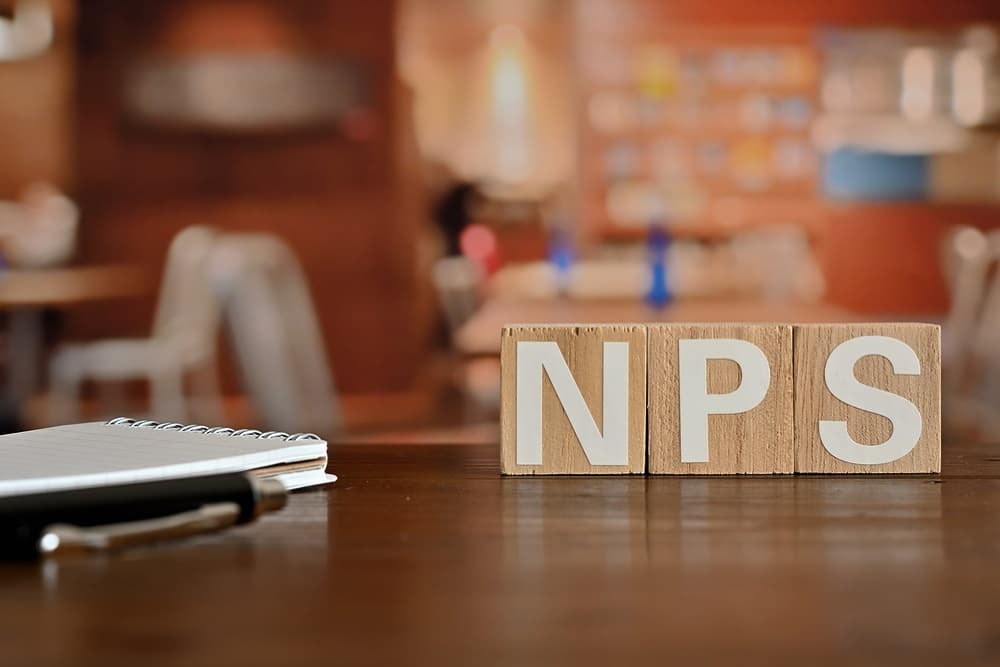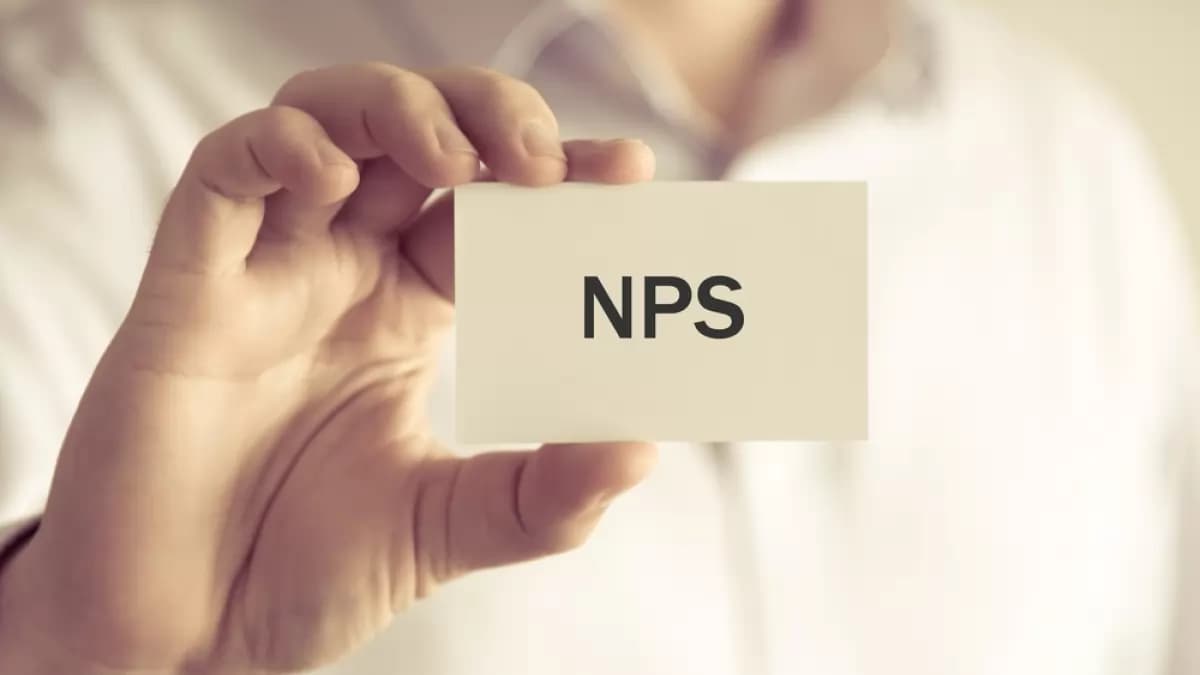For the retired and the senior citizens, pension is one guaranteed source of income that provides them with financial security, thus allowing them to live their life with dignity and peace. The reasons are many: increase in living costs, medical inflation, higher life expectancy, greater, and all in the absence of a regular income in retirement years; pension takes care of all this.
In India, the problem is even more acute as most people do not plan for their retirement during their working years, and pension is limited to government employees.
It was on the backdrop of this that the National Pension System (NPS) was launched, first for government employees and then extended to all, making the transition from a defined pension (as was the system earlier) to a contributory pension (where individuals contribute a portion of their money towards creating a pension corpus for themselves). Now, this has also been extended for children in order to make people aware of the importance of retirement planning and pension income, Deepak Mohanty, chairperson, Pension Fund Regulatory Development Authority (PFRDA) said in his keynote speech at the Outlook Money 40After40 Retirement Expo in New Delhi.
“In the past, pension was perceived to be the privilege of government employment. But it is no longer so, with the introduction of the National Pension System (NPS) in 2004, first for the government employees, and then extended to the private and corporate sector, and the common citizens, and now to children with the launch of NPS Vatsalya,” Mohanty said.
Also Read: 40After40 Retirement Expo: Are Equity MFs A Sure-Shot Way Of Creating Wealth? Here’s What Top Experts Say
Key Initiatives Of PFRDA
Mohanty said the PFRDA has also taken many key initiatives for the growth of the pension sector in the country.
These include enhancing the employees’ contribution from 10 per cent to 14 per cent, flexibility to choose among central recordkeeping agencies (CRAs), mode of payment (including Bharat BillPay), same day investment of contribution (T+0), penny drop verification to prevent fraud, and so on.
PFRDA has also introduced the balanced life Cycle (BLC) fund, where the equity exposure is limited at 50 per cent, but begins tapering at age 45 instead of 35 as the case previously, he added.40After40 Retirement Expo: How To Ensure Regular Income After Retirement? Here’s Navneet Batra’s Advice
Where India Stands
He closed his remarks by saying that though NPS is a low-cost and flexible scheme, efforts are needed from all (employees in the private sector, small businesses, professionals, women, and parents for their children) to join NPS for achieving pension saturation.
“Our current pension asset to GDP ratio is 16.5 per cent, while the same ratio for the developed countries like the US, the UK and Australia, is over 100 per cent of their GDP, and if we talk of Scandinavian countries, it will be more than 400 per cent of their GDP. This suggests that the Indian pension industry is still evolving, and we have a long way to go,” he said.




